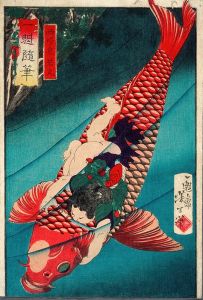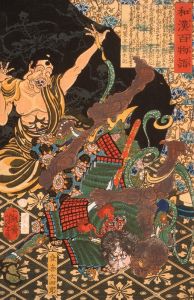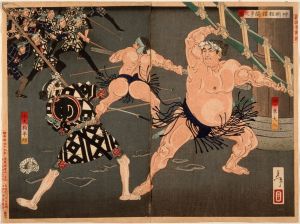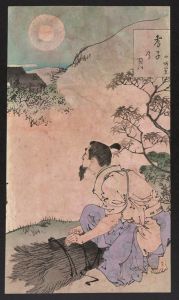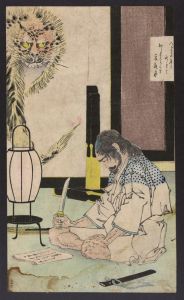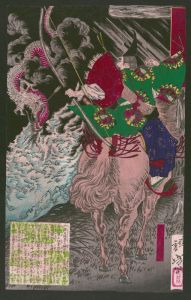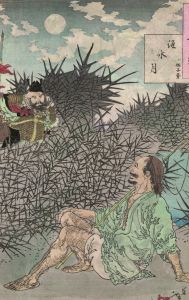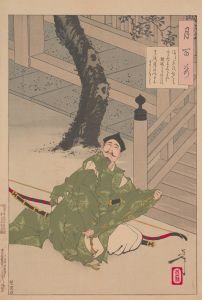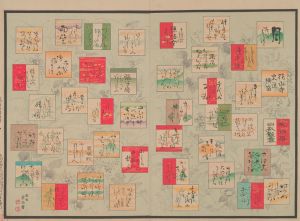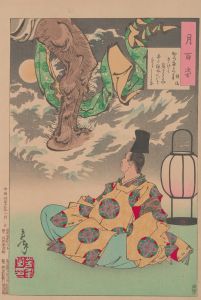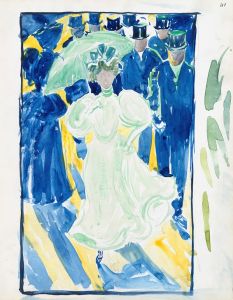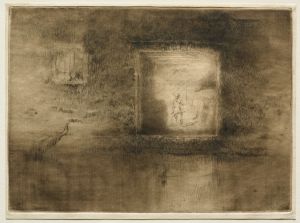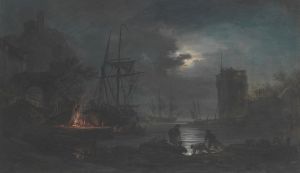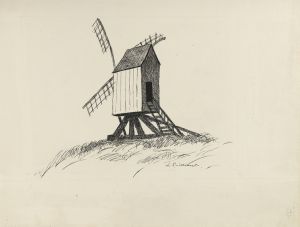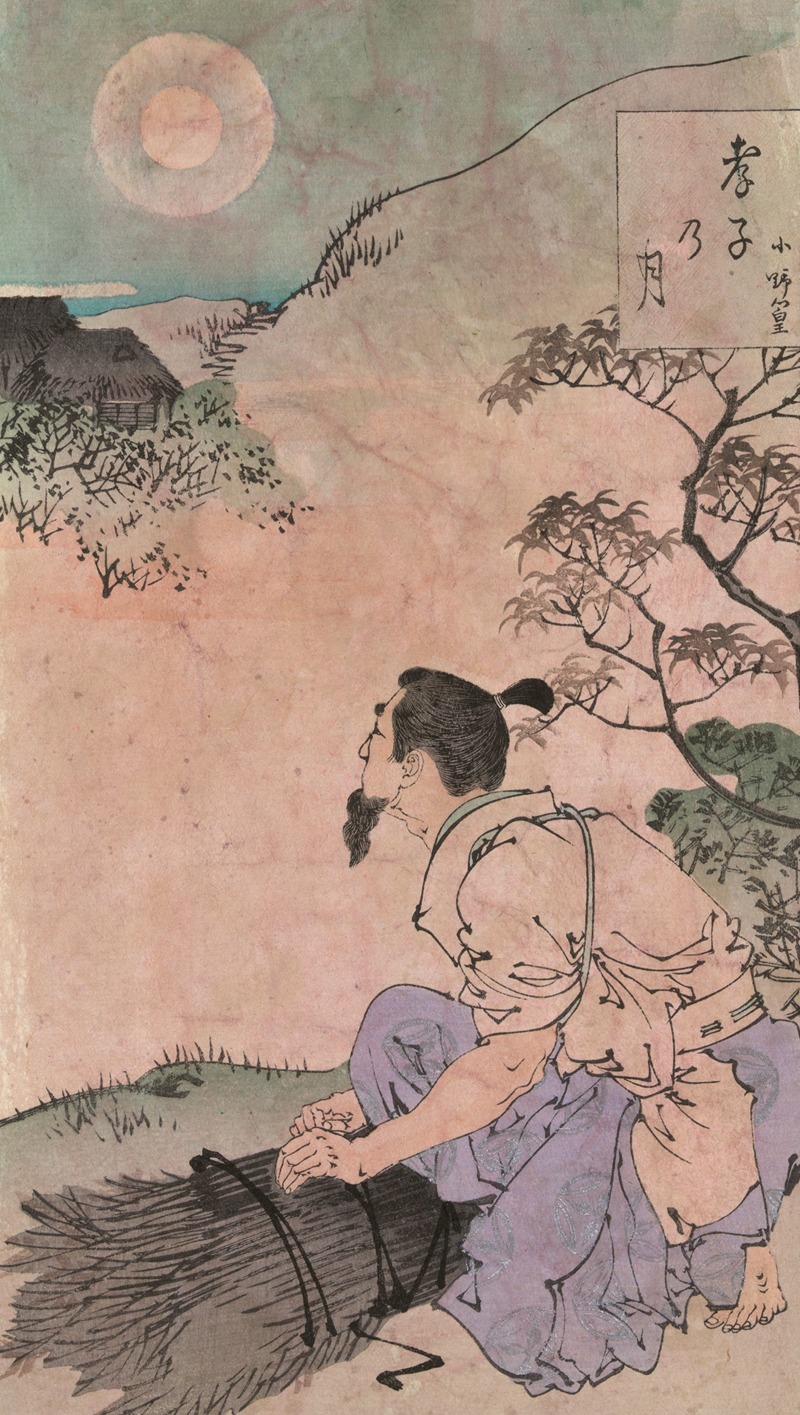
Kōshi no tsuki
A hand-painted replica of Tsukioka Yoshitoshi’s masterpiece Kōshi no tsuki, meticulously crafted by professional artists to capture the true essence of the original. Each piece is created with museum-quality canvas and rare mineral pigments, carefully painted by experienced artists with delicate brushstrokes and rich, layered colors to perfectly recreate the texture of the original artwork. Unlike machine-printed reproductions, this hand-painted version brings the painting to life, infused with the artist’s emotions and skill in every stroke. Whether for personal collection or home decoration, it instantly elevates the artistic atmosphere of any space.
Kōshi no tsuki (The Moon through a Crumbling Window) is a woodblock print by the renowned Japanese artist Tsukioka Yoshitoshi (1839–1892), one of the last great masters of the ukiyo-e tradition. This artwork is part of Yoshitoshi's celebrated series Tsuki hyakushi (One Hundred Aspects of the Moon), which was published between 1885 and 1892. The series consists of 100 individual prints, each exploring themes related to the moon, often drawing inspiration from Japanese history, folklore, literature, and theater.
Kōshi no tsuki depicts a poignant and atmospheric scene, characteristic of Yoshitoshi's ability to blend narrative depth with visual elegance. The print shows a solitary figure gazing through a crumbling lattice window at the moon, which is partially obscured by the decaying structure. The composition captures a sense of transience and impermanence, themes deeply rooted in Japanese aesthetics and the Buddhist concept of mujo (impermanence). The moon, a recurring motif in Yoshitoshi's work, serves as a symbol of beauty, mystery, and the passage of time.
Yoshitoshi's Tsuki hyakushi series was created during a period of significant social and cultural change in Japan, as the country transitioned from the Edo period to the Meiji era. This shift brought about rapid modernization and Westernization, which posed challenges to traditional art forms like ukiyo-e. Despite these changes, Yoshitoshi's work managed to preserve and innovate within the ukiyo-e tradition, earning him recognition as a pivotal figure in Japanese art history.
The Tsuki hyakushi series was produced using traditional woodblock printing techniques, involving collaboration between the artist, carvers, and printers. Yoshitoshi's designs were meticulously carved into wooden blocks, which were then inked and pressed onto paper to create the final prints. The series is noted for its technical excellence, intricate details, and the evocative use of color and composition.
While specific historical or literary references for Kōshi no tsuki are not definitively documented, the print's evocative imagery and emotional resonance have made it a standout piece within the Tsuki hyakushi series. It exemplifies Yoshitoshi's mastery in capturing the interplay between human emotion and the natural world, a hallmark of his artistic legacy.
Today, Kōshi no tsuki and other prints from the Tsuki hyakushi series are highly regarded by collectors and scholars, and they continue to be exhibited in museums and galleries worldwide. These works offer valuable insights into the cultural and artistic landscape of late 19th-century Japan.





